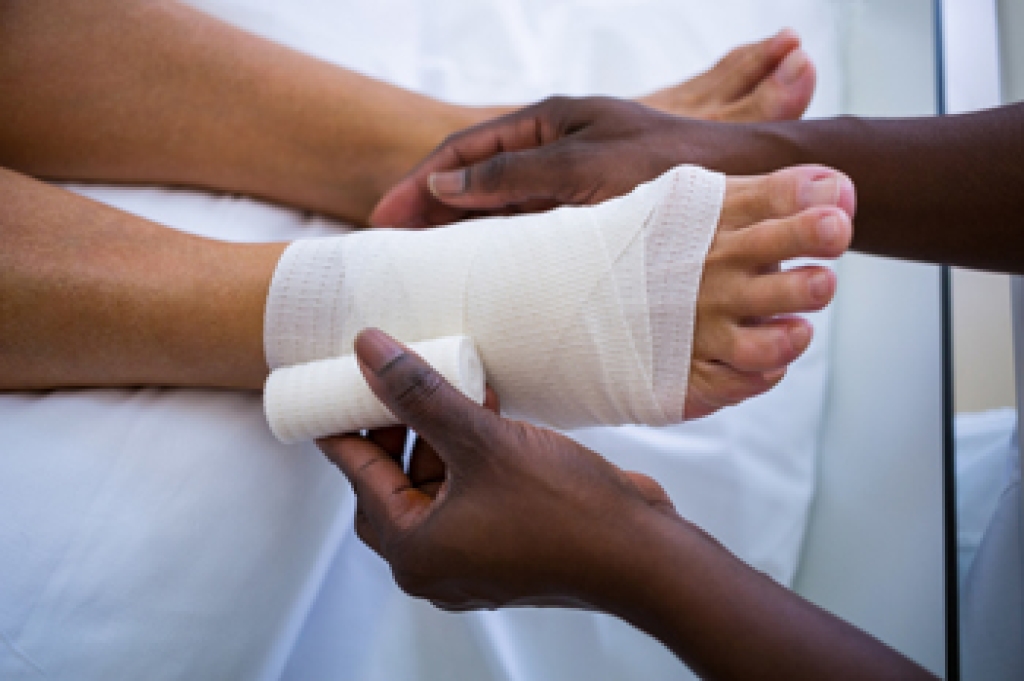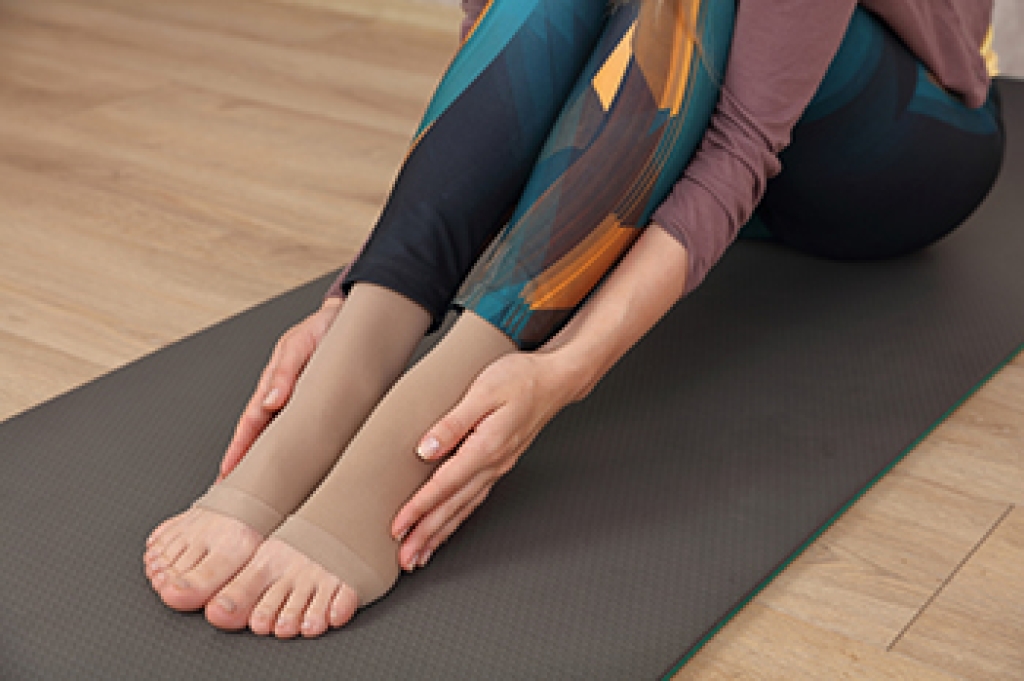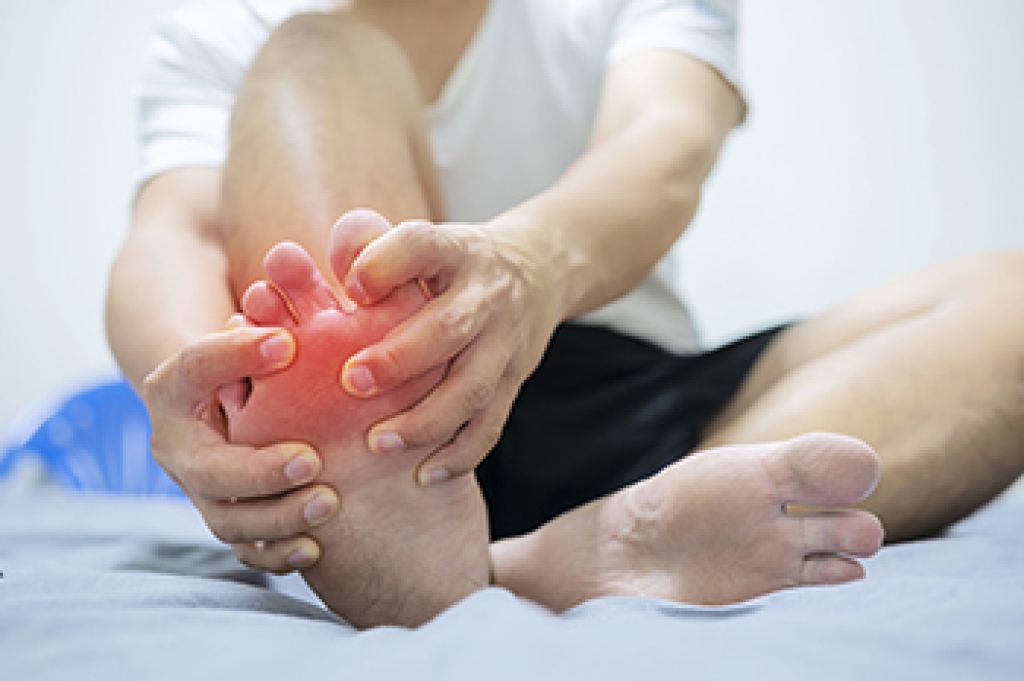 A cut on the skin is known as a laceration. If a laceration develops on the foot, it is beneficial to provide immediate care to help prevent painful foot conditions from arising. If the cut is small it may be treated with surgical tape, however larger cuts may require stitches. An x-ray may need to be performed if a piece of glass or small rock has entered the skin. Maintaining proper foot care can help with healing any existing wounds. This can be done by keeping the affected area clean and dry, and it may be helpful to use an antibiotic cream. If you would like additional information about how to care for foot wounds, please consult with a podiatrist.
A cut on the skin is known as a laceration. If a laceration develops on the foot, it is beneficial to provide immediate care to help prevent painful foot conditions from arising. If the cut is small it may be treated with surgical tape, however larger cuts may require stitches. An x-ray may need to be performed if a piece of glass or small rock has entered the skin. Maintaining proper foot care can help with healing any existing wounds. This can be done by keeping the affected area clean and dry, and it may be helpful to use an antibiotic cream. If you would like additional information about how to care for foot wounds, please consult with a podiatrist.
Wound care is an important part in dealing with diabetes. If you have diabetes and a foot wound or would like more information about wound care for diabetics, consult with one of our podiatrists from PA Foot & Ankle Associates. Our doctors will assess your condition and provide you with quality foot and ankle treatment.
What Is Wound Care?
Wound care is the practice of taking proper care of a wound. This can range from the smallest to the largest of wounds. While everyone can benefit from proper wound care, it is much more important for diabetics. Diabetics often suffer from poor blood circulation which causes wounds to heal much slower than they would in a non-diabetic.
What Is the Importance of Wound Care?
While it may not seem apparent with small ulcers on the foot, for diabetics, any size ulcer can become infected. Diabetics often also suffer from neuropathy, or nerve loss. This means they might not even feel when they have an ulcer on their foot. If the wound becomes severely infected, amputation may be necessary. Therefore, it is of the upmost importance to properly care for any and all foot wounds.
How to Care for Wounds
The best way to care for foot wounds is to prevent them. For diabetics, this means daily inspections of the feet for any signs of abnormalities or ulcers. It is also recommended to see a podiatrist several times a year for a foot inspection. If you do have an ulcer, run the wound under water to clear dirt from the wound; then apply antibiotic ointment to the wound and cover with a bandage. Bandages should be changed daily and keeping pressure off the wound is smart. It is advised to see a podiatrist, who can keep an eye on it.
If you have any questions please contact one of our offices located in Allentown, Easton, Northampton, and Chew Street in Allentown, PA . We offer the newest diagnostic and treatment technologies for all your foot and ankle needs.




